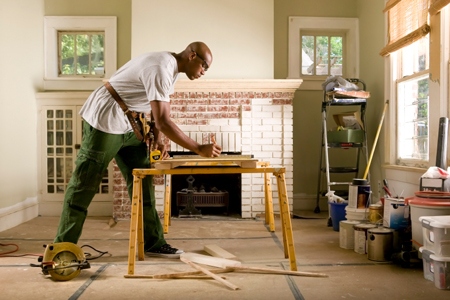To save both time and money, some people avoid getting building permits. But most cities require them. Besides ensuring safety during construction—housing inspectors sometimes stop by to check on the progress of projects at key points—they are also a source of revenue.
Cities charge a fee when a building permit is issued. Also, work done with a building permit can result in an increase in the homeowners’ property taxes because, in general, a home improvement increases the assessed value of the property.
Permits are usually required when any structural work is planned or the basic living space of a home is altered. They generally cover new construction, repairs, alterations, demolition, and additions to a structure. Some jurisdictions require the permit to be posted in a visible spot on the premises while the work is being done.
Besides structural changes, permits also may be needed to cover the installation of foundations for tanks and equipment, as well as the construction or demolition of ducts, sprinkler systems or standpipe systems.
By law, all buildings must have a building permit and a certificate of occupancy before they can be used.




